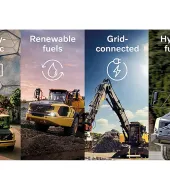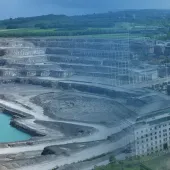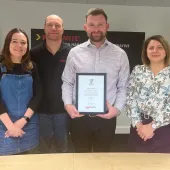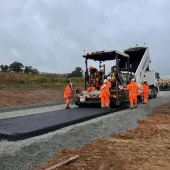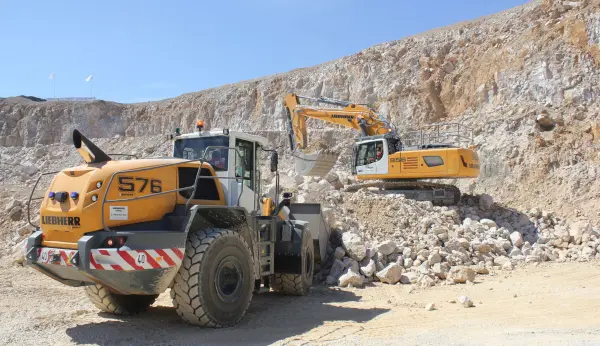Tackling climate change on our roads
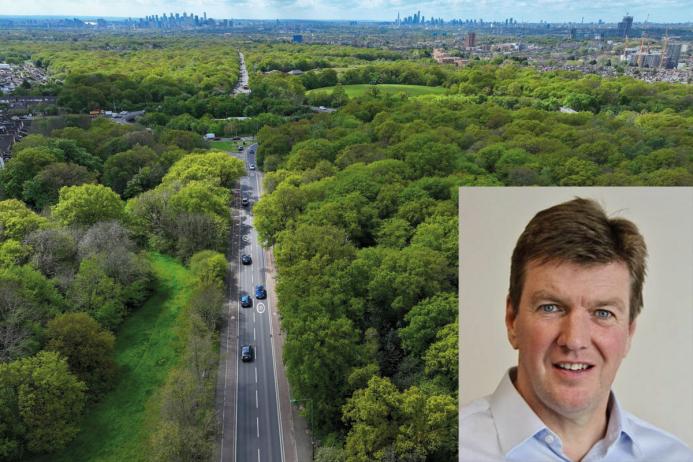
First published in the April 2025 issue of Quarry Management
By Peter Hyde, highway services director, Tarmac
Climate change is having a significant impact on our road network, presenting challenges that require innovative solutions. The two primary issues we face are increasing temperatures and higher levels of rainfall, both of which accelerate the deterioration of road surfaces. Hotter conditions soften asphalt, leading to rutting and cracking, while more frequent and intense storms contribute to surface water run-off, ground movement, and potholes.
Materials and construction techniques that were fit for purpose two decades ago are now showing their limitations. If our roads are to remain safe and serviceable, we need to rethink how we design and maintain them. Fortunately, new approaches and materials are emerging to combat these challenges.
Stronger, more resilient road materials
One of the most effective ways to improve road durability is by enhancing the materials we use. Bitumen, the binder in asphalt, can be modified with polymers to improve flexibility, making it more resistant to cracking. Another approach is raising the softening point of bitumen, reducing the likelihood of rutting in hot weather.
Mix design adjustments also play a crucial role. By tailoring the composition of the asphalt, we can create surfaces that perform better over time, extending their lifespan and reducing the need for frequent maintenance.
Managing surface water with permeable asphalt
With increased rainfall, flooding is becoming a major issue for our roads. Traditional drainage systems are often overwhelmed, leading to standing water, surface damage, and increased maintenance costs. One of the best modern solutions is permeable, or porous, asphalt.
Rather than directing excess water into already strained drainage networks, porous asphalt allows water to pass through the surface into a specially designed sub-base. From there, it can either seep into the ground or be released gradually into nearby ditches or swales.
Local authorities are increasingly exploring permeable carriageways as a proactive flood prevention measure. Take Waltham Forest in London, for example, where roads have been transformed into sustainable drainage systems using permeable paving, storage tanks, and rain gardens. This approach helps manage water more effectively while also enhancing the urban environment.
However, porous asphalt has its limitations. It is not as strong as conventional asphalt, meaning it is unsuitable for roads carrying heavy goods vehicles. A potential solution is to use a hybrid approach, reinforcing the centre of the road while allowing water to drain through more porous sections at the edges.
Reducing carbon in road construction
Another critical focus area is carbon reduction. Road construction and maintenance are energy-intensive processes that contribute significantly to carbon emissions. At Tarmac, we are actively working on solutions to minimize our environmental footprint.
One key strategy is exploring alternative fuels for bitumen production, including biofuels and, ultimately, hydrogen. Additionally, we are investigating plant-based bitumen and alternative aggregates that can reduce reliance on traditional hydrocarbons.
Transporting materials is another major carbon emitter, so we are transitioning our fleet to electric, biofuel, or hydrogen-powered vehicles. And then there is the issue of asphalt itself; it requires heating vast quantities of aggregate, consuming significant energy. Finding lower-carbon production methods is essential to making road surfacing more sustainable.
Focusing on whole-life cost
Ultimately, effective road maintenance is not just about choosing better materials – it is about smarter long-term planning. Too often, authorities resort to reactive maintenance, patching up potholes instead of addressing the underlying problems. This approach is not only costly but also unsustainable.
Instead, we need to focus on whole-life costing. Slightly larger upfront spend on longer-lasting road surfaces can significantly reduce maintenance costs over time. If a scheme costs an additional £20,000 but extends the lifespan of a road by 10 years, the long-term savings far outweigh the initial expense.
The key is designing roads with the future in mind, addressing structural issues first before resurfacing, rather than applying temporary fixes. A well-built, resilient road network is not only more cost-effective but also better suited to withstand the challenges of climate change.
Building roads for the future
There is no single solution to the challenges posed by climate change, but by adopting better materials, improving drainage, reducing carbon emissions, and focusing on whole-life cost efficiency, we can create a more sustainable and resilient road network.
The future of our roads depends on proactive action and innovation. With the right approach, we can ensure they remain safe, functional, and cost-effective for generations to come.
Subscribe to Quarry Management, the monthly journal for the mineral products industry, to read articles before they appear on Agg-Net.com


